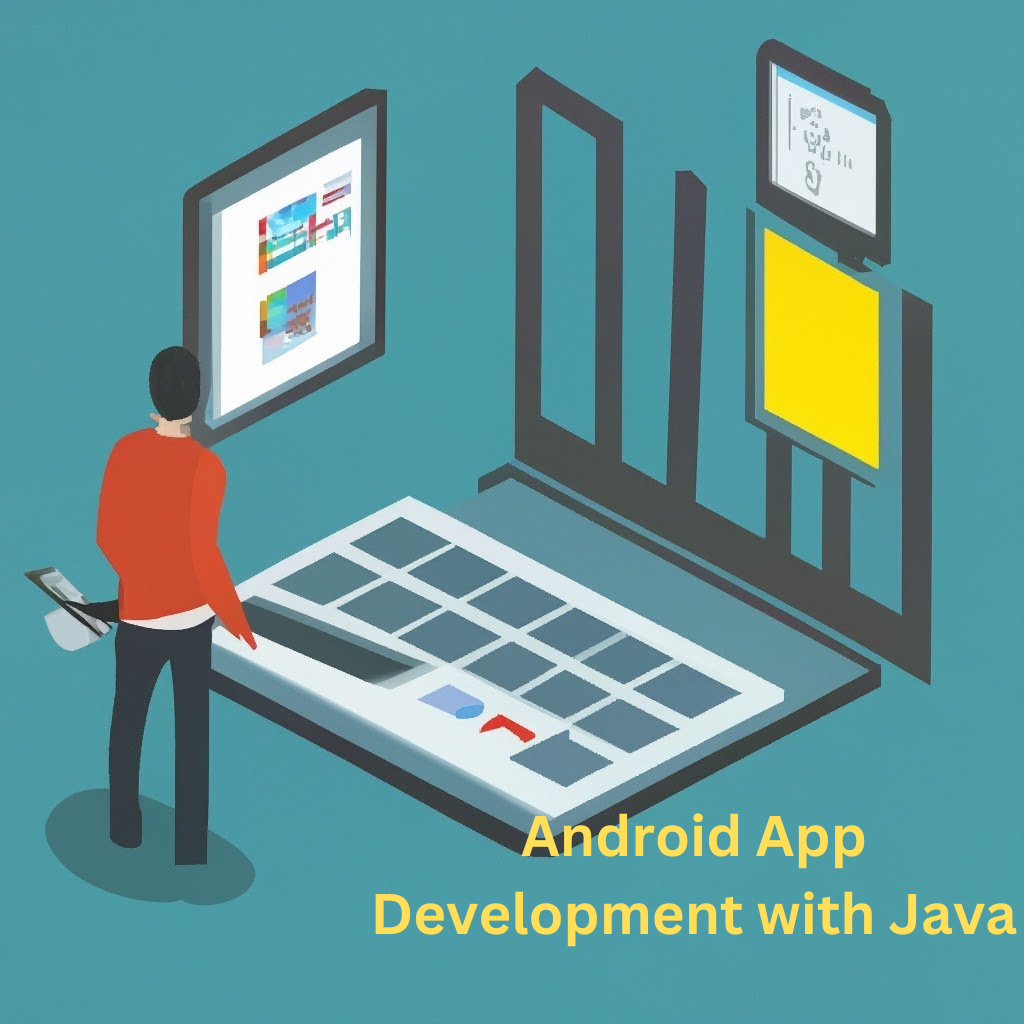A Comprehensive Guide to Android App Development with Java
Embarking on the exciting journey of Android app development with Java opens up a world of possibilities for creating innovative and powerful applications. This step-by-step guide will take you through the entire process, from setting up your development environment to deploying your app. Whether you’re a novice or an experienced developer, this comprehensive resource will provide the knowledge and skills needed to build successful Android applications using the Java programming language.
The process to Android App Development with Java
Setting Up Your Development Environment
Step 1: Install Android Studio
Begin your journey by installing Android Studio, the official IDE for Android development. Follow these steps to download and set up the necessary components for a smooth development experience.
“`java
// Code snippet for installing Android Studio
// Add relevant code for the installation process
“`

Step 2: Configure Android Virtual Device (AVD)
Creating and configuring an Android Virtual Device to emulate different Android devices for testing your app. This step is essential for ensuring your app works seamlessly across various devices and screen sizes.
“`java
// Code snippet for configuring Android Virtual Device
// Include relevant code for AVD configuration
“`
Creating Your First Android Project
Step 3: Start a New Android Project
Begin your app development journey by creating a new Android project. Set up the project name, choose a template, and configure the basic settings.
“`java
// Code snippet for starting a new Android project
// Add relevant code for project creation
“`
Step 4: Navigating the Android Studio Interface
Familiarize yourself with the Android Studio interface, including the layout editor, component tree, and code editor. Understanding these elements is crucial for efficient app development.
“`java
// Code snippet for navigating the Android Studio interface
// Include relevant code for interface navigation
“`
Building the User Interface
Step 5: Designing Your App Layout
Create an intuitive user interface using the Layout Editor. Add views such as buttons and text fields, and explore the component tree to visualize your app’s structure.
“`java
// Code snippet for designing the app layout
// Add relevant code for UI design
“`
Step 6: Adding Functionality with Java Code
Dive into Java programming by writing code to implement functionality in your app. Connect the user interface with Java code to make your app dynamic and interactive.
“`java
// Code snippet for adding functionality with Java code
// Include relevant code for app functionality
“`

Advanced Features and Functionality
Step 7: Incorporating MediaPlayer for Multimedia
Explore advanced features by integrating MediaPlayer into your app. Learn how to play audio and video files, enhancing the user experience with multimedia capabilities.
“`java
// Code snippet for incorporating MediaPlayer
// Include relevant code for multimedia integration
“`
Step 8: Utilizing Object-Oriented Programming
Delve into the principles of Object-Oriented Programming (OOP) with Java. Understand concepts like inheritance, classes, and objects to write modular and efficient code for your Android app.
“`java
// Code snippet for implementing Object-Oriented Programming
// Add relevant code for OOP concepts
“`
Testing and Debugging
Step 9: Testing on Real Devices and Emulators
Learn how to test your app on both real Android devices and emulators. Ensure your app functions flawlessly across different platforms and devices.
“`java
// Code snippet for testing on real devices and emulators
// Include relevant code for testing procedures
“`
Step 10: Debugging Techniques and Best Practices
Master debugging techniques to identify and fix issues in your code. Learn best practices for optimizing your app’s performance and addressing common development challenges.
“`java
// Code snippet for debugging techniques
// Add relevant code for best practices
“`
Deployment and Beyond
Step 11: Preparing Your App for Deployment
Prepare your app for deployment by configuring the necessary settings and creating a signed APK (Android Package). Ensure your app is ready for distribution on the Google Play Store or other platforms.
“`java
// Code snippet for preparing the app for deployment
// Include relevant code for APK creation
“`
Step 12: Continuous Learning and Resources
Explore additional resources, courses, and communities to continue expanding your knowledge in Android app development with Java. Stay updated with the latest features and trends to keep your skills sharp.
“`java
// Code snippet for accessing additional resources
// Include relevant code for continued learning
“`
FAQs
Q1: Can I develop Android apps using Java without Android Studio?
A: While Android Studio is the recommended IDE, you can use other IDEs like Eclipse with the Android Development Tools (ADT) plugin.
Q2: Do I need a physical Android device for testing?
A: No, you can use the Android Emulator provided by Android Studio for testing. However, testing on a real device is recommended for a more accurate assessment.
Q3: How do I handle different screen sizes in my app?
A: Android Studio provides layout options and guidelines for handling various screen sizes. Utilize layout qualifiers and responsive design techniques.
Q4: Can I use Kotlin alongside Java in my Android app?
A: Yes, Kotlin is fully interoperable with Java, allowing you to use both languages in the same project.
Q5: What is the role of the Android Virtual Device (AVD)?
A: AVD allows you to emulate different Android devices, enabling you to test your app on various configurations.
Conclusion
Congratulations on completing this comprehensive guide to Android app development with Java! Armed with a solid understanding of the development process, advanced features, and testing techniques, you’re now equipped to create powerful and innovative Android applications. Remember to continuously explore new technologies and best practices to stay at the forefront of this dynamic field. Happy coding!

